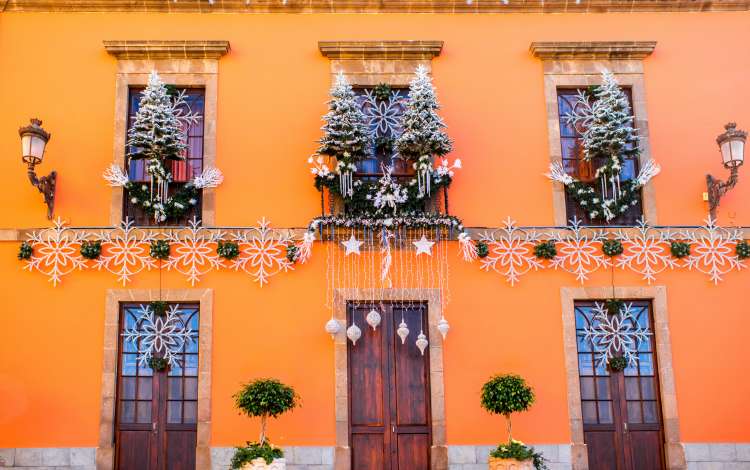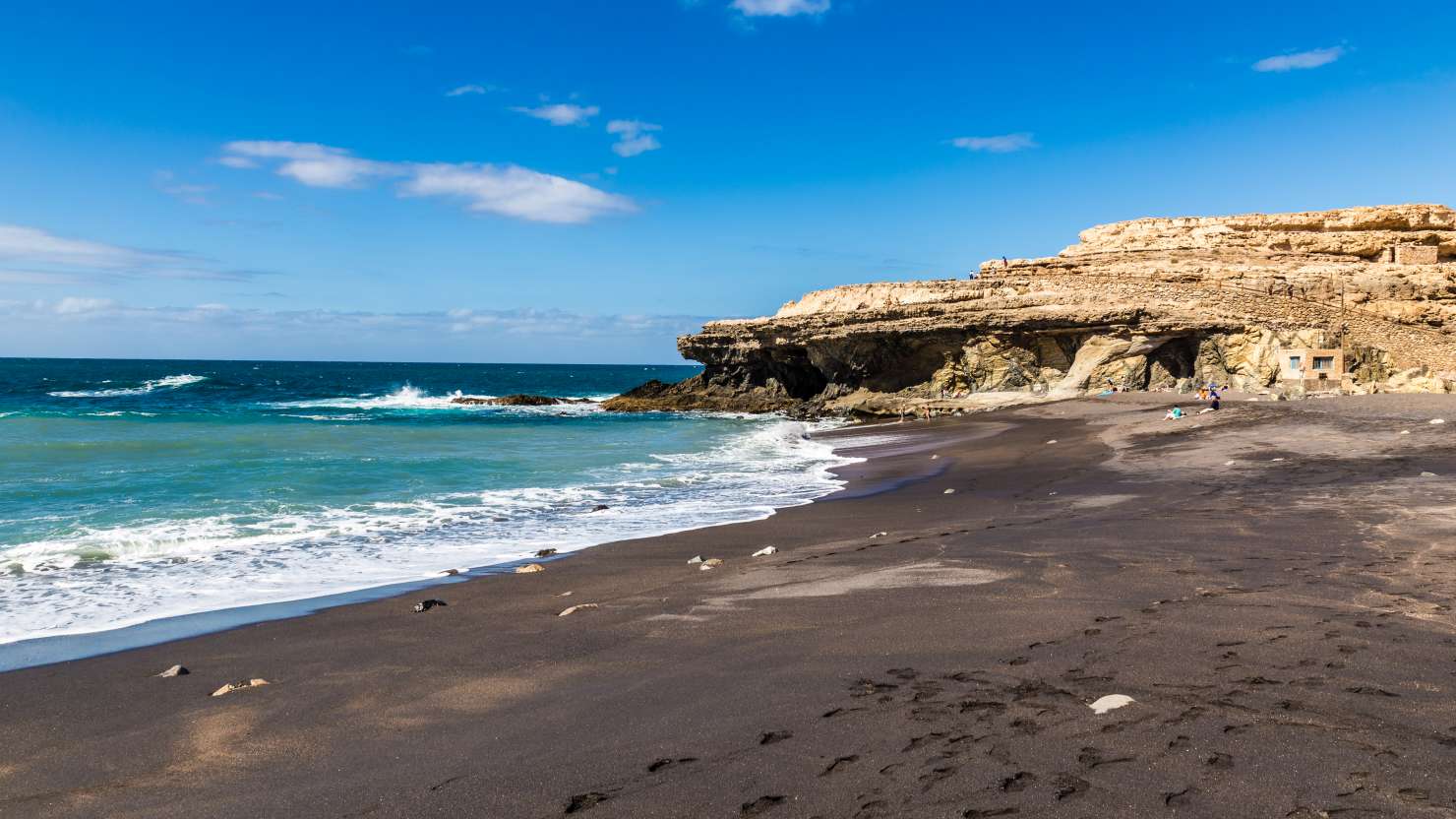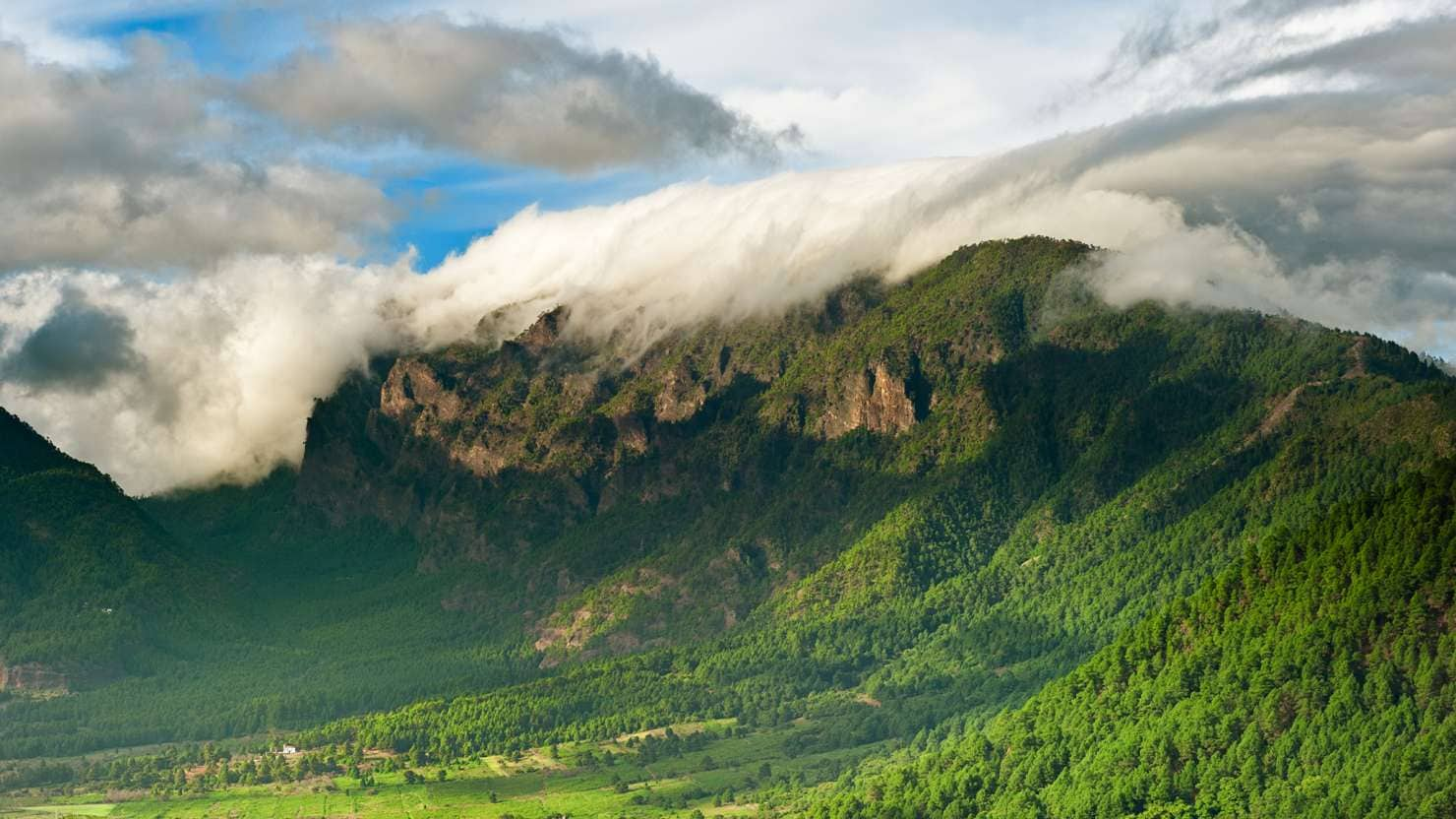Why a fly cruise is the perfect last-minute holiday
Discover Cunard destinations

クリスマスシーズンに温暖な大西洋の群島へ船旅をするのは、変わった選択に思えるかもしれません。ただし、キュナードのカナリア諸島クルーズに行ったことがある方なら、伝統、食べ物、ビーチ、美しい風景に恵まれた素晴らしいクルーズであることをご存じでしょう。
カナリア諸島の住民は、色とりどりのクリスマスの祭典や伝統を楽しみます。多くのお祝いがカトリックの教義に基づいて行われ、地元の教会がベレンと呼ばれる降誕場面のジオラマを作成します。ヤイザ(ランサローテ島)の伝統的な降誕場面や、テネリフェ島北部の降誕までの道のり、そして最も印象的なのは、ラス・カンテラス・ビーチ(ラス・パルマス・デ・グラン・カナリア)の降誕場面です。これは、ビーチの砂で作った、ここにしかない壮大なベレンです。
世界のほとんどの場所で、クリスマスの日とはカレンダーで丸で囲んだ日のことを言いますが、カナリア諸島ではクリスマスイブ(ノチェブエナ)が主役です。現地の人は、ランチの後にすぐに家に戻り、午後と夜には集まってごちそうを楽しみます。新鮮な魚介類、ローストビーフ、ウサギ、サルモレッホ(冷製トマトスープ)、パパス・アルガダス(別名:しわしわポテト)など、さまざまな料理が並びます。デザートには、ケサディーヤ・デ・エル・イエロ(シナモンのペストリー)、マジパン(ピーナッツの菓子)、トゥロンという煎ったアーモンドが入った伝統的なヌガーなどが用意されます。祝宴は家族が教会のミサに出かける深夜まで続きます。
クリスマスの日は、前夜に祝宴を楽しんだ後、ゆっくり休んで回復するための日です。地元の人々は遅くに起きて、日中の散歩に出かけます。友人や家族と会って、互いの健康を願ったりするのでしょう。この日に開かれるサンタ・クルスのテネリフェ交響楽団による特別コンサートは必見です。この素晴らしい演奏は毎年テレビで放送されるため、家で楽しむこともできます。
カナリア諸島ではプレゼントを交換する習慣がありますが、皆さんが想像するよりもずっと後に行われます。カナリア諸島では、聖書のクリスマスストーリーに合わせて1月6日にプレゼントを交換するのです。この前日にはパレードが開催され、大抵はラクダに乗っている「3人の王様」を目にすることができます。島の子どもたちは、靴とラクダが食べられる穀物を並べて置いておきます。そして、翌朝目覚めると、靴が贈り物でいっぱいになっているのを見つけるのです。
クリスマスのお祝いから1週間後、再び、大晦日(ノチェビエハ)の祝宴が始まります。大抵はフォーマルな服装で家族が再び集まり、ディナーを食べたら外出しておしゃれにお祝いします。街ごとにお祝いの催しが行われ、フエルテベントゥラ島のプエルト・デル・ロサリオでは、特別な日を記念して毎年コンサートが開催され花火が上げられます。一年の始まりを静かで内省的に迎えたい方には、星空の下で静かに祝杯を挙げられるビーチが最適です。
ほとんどの島民が現在も受け継いでいる伝統の1つが、深夜の鐘が鳴るたびにブドウを食べる習慣です。これは、新年に幸運を呼び込むための伝統であり、20世紀初頭のブドウが豊作だった年の後に始まったと言われています。
新年の1日目、元日は休息と家族と家族のための日です。しかし、訪れる価値のある地元イベントもいくつか開催されます。大西洋の寒さに挑む勇気がある島の住民たちは、新年の水泳を楽しみます。
元日にもショップやレストランがオープンしますので、観光客も地元の方々もご自分のペースでお楽しみいただけます。冬でも温暖な冬の気候(20~25°C)のおかげで、ビーチはちょうどいいオプションです。探訪してみたい方には、火山や国立公園などもおすすめです。

この島々の荒々しい自然美は有名で、またその歴史には謎や秘密が多く潜んでいます。この素晴らしい地域に関する、興味深く面白い話をご紹介します。
カナリア諸島は、公式には8つの島で構成されていますが、他にも岩でできた小島がたくさんあり、スペインの群島を形成しています。2018年に唯一の有人島であるラ・グラシオーサ島が正式に追加されるまで、この群島は7つの島しかありませんでした。
カナリア諸島には自然の驚異が溢れています。ランサローテ島はユネスコエコパークに登録されています。ティマンファヤ国立公園の火山は、約300年前に火山が噴火した後にできました。この世のものとは思えない月のような風景で、水が穴に落ちては蒸気を上げています。テネリフェ島のテイデ国立公園もユネスコの世界遺産に登録されています。ここからは、スペインで最も高い火山である海抜3,718mのテイデ山の山頂までケーブルカーで登ることができます。
この島の名前は、ラテン語で犬を意味する「カニス」に由来します。ローマ人が来襲したとき、この地に住む野犬や、洞窟に暮らす血気盛んなガウンチェスという口笛を言語として使っていた先住民族を警戒しました。この方法は、現在でもラ・ゴメラ島で渓谷や峡谷をまたいで連絡を取る際に使われています。
テネリフェ島の守護聖人はセント・アンドリューです(実際、島の国旗はスコットランドの国旗とほぼ同じです)。彼が島を訪れたとき、地元のワインを飲みすぎて人事不省に陥ってしまい、そんな彼の服に子どもたちがいたずらで鍋やフライパンを結び付けたという伝説が残っています。今日でも、セント・アンドリューの日(11月30日)には、子どもたちが缶を結び付けた紐を引いてまわり、賑やかに祝っています。

of
キュナードでは、最新のクルーズ情報、弊社に関するニュースやお得な情報などを配信しております。受信を希望される方は、お客様の敬称をご選択の上、お名前、メールアドレスを半角ローマ字で入力してください。同意のチェックボックスに✓を入れてから「登録する」をクリックしていただくとお手続きが完了します。